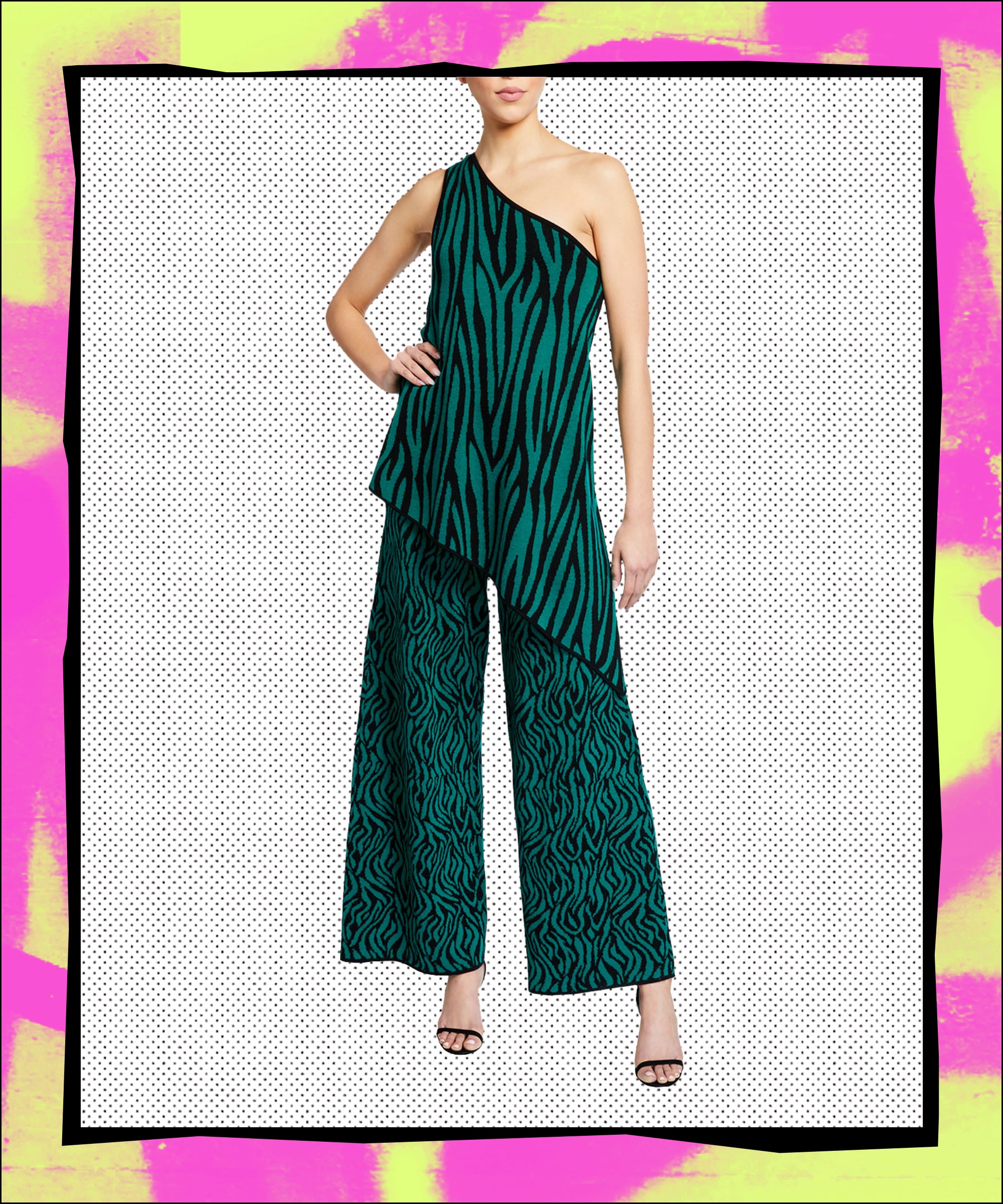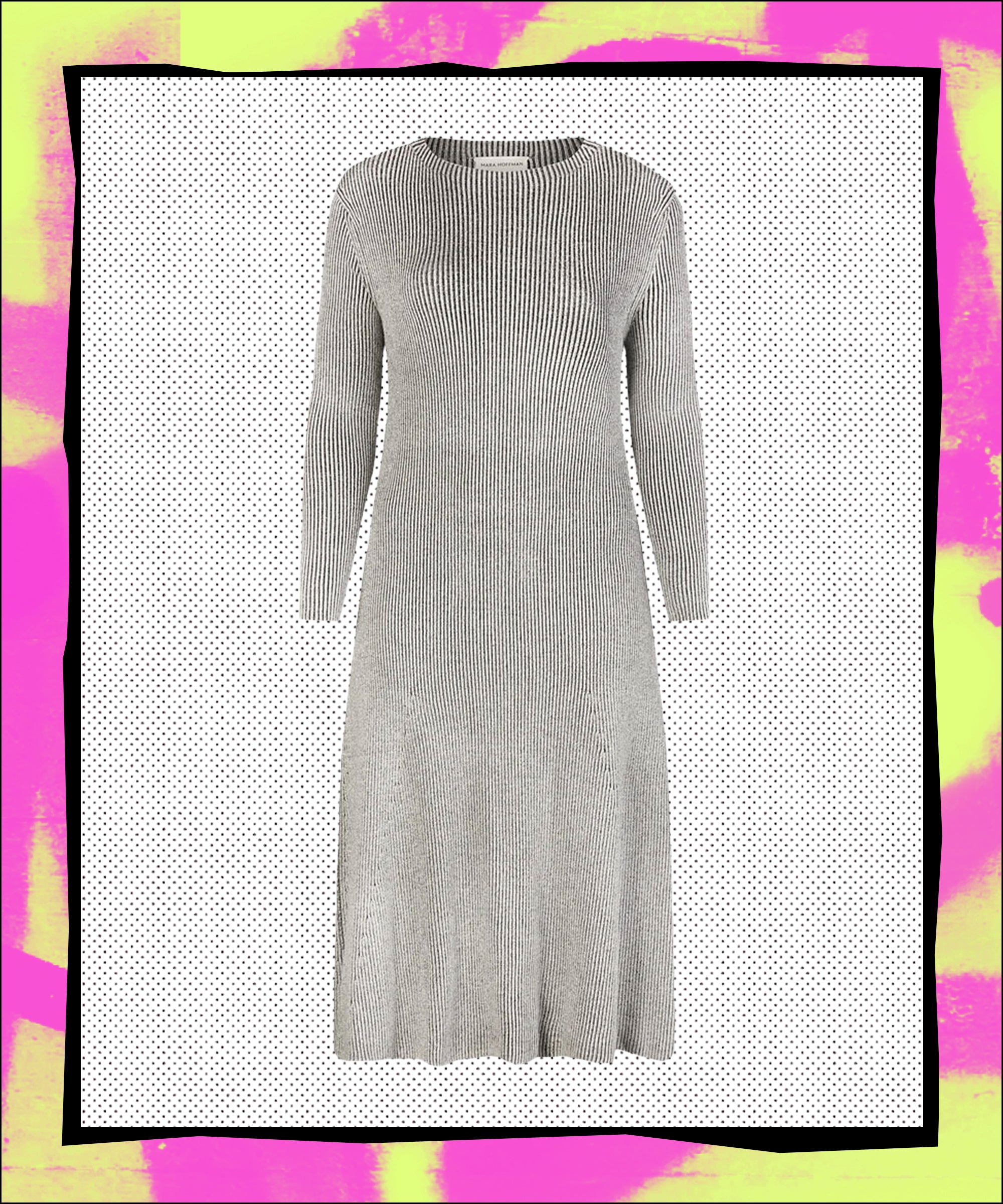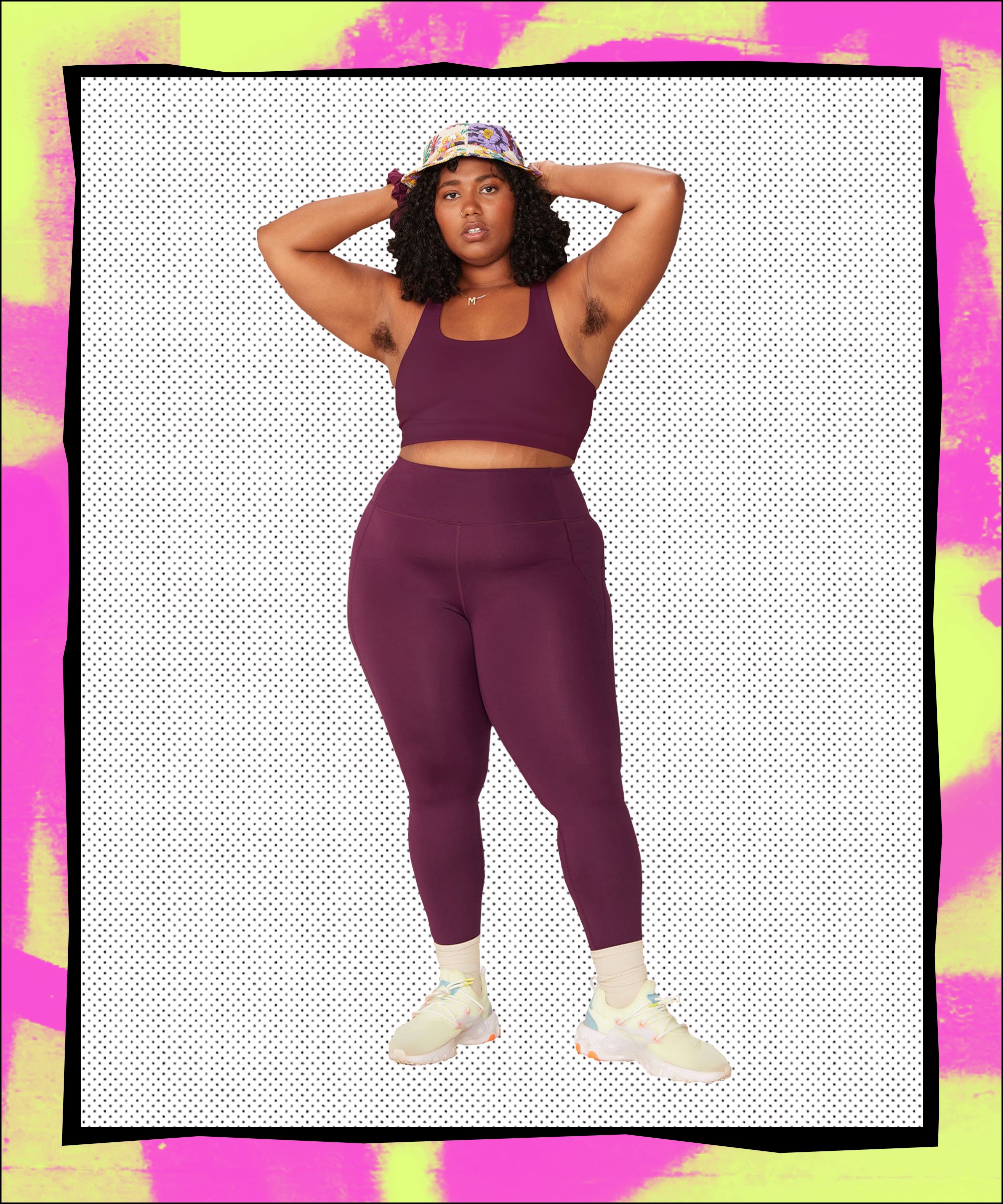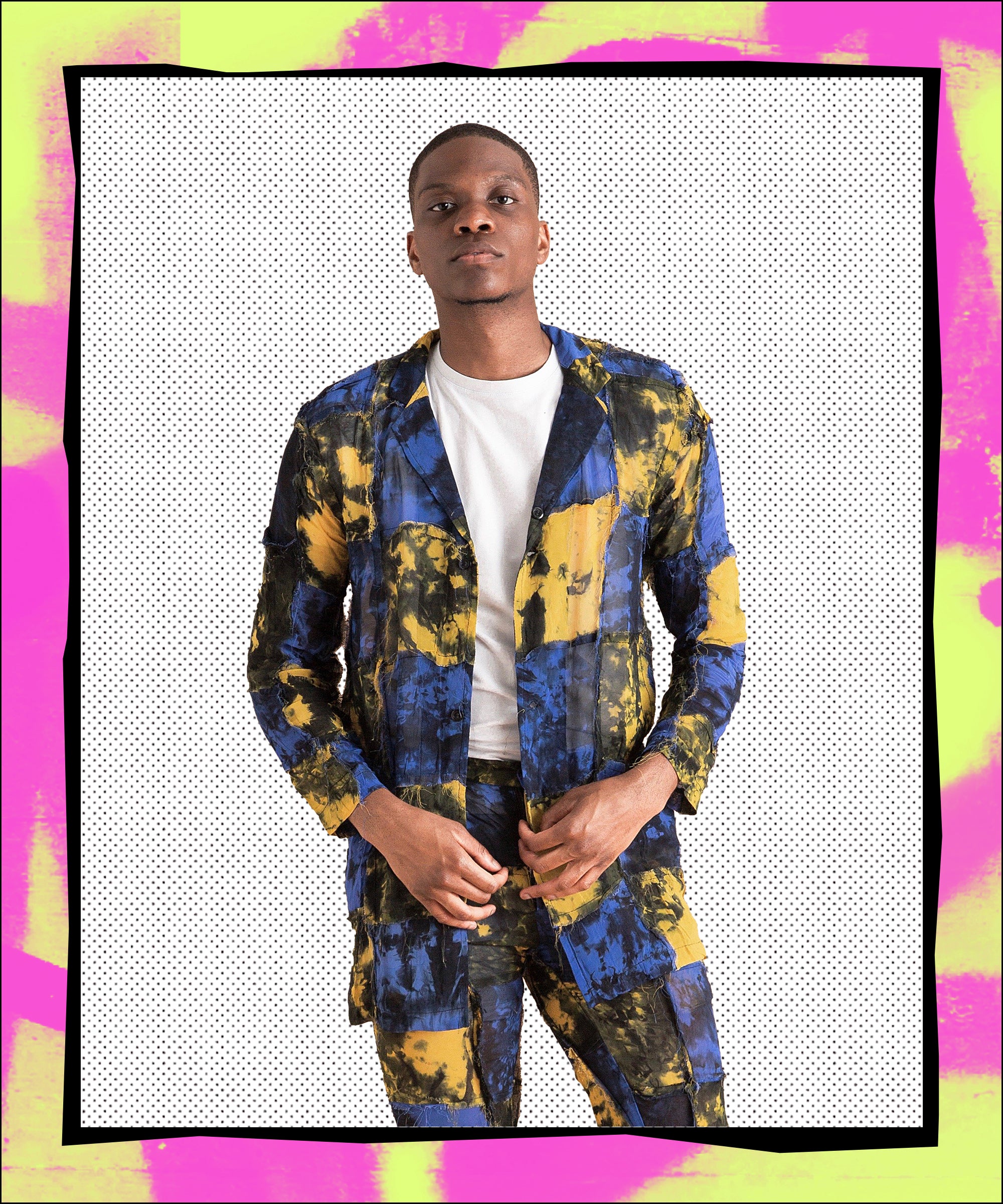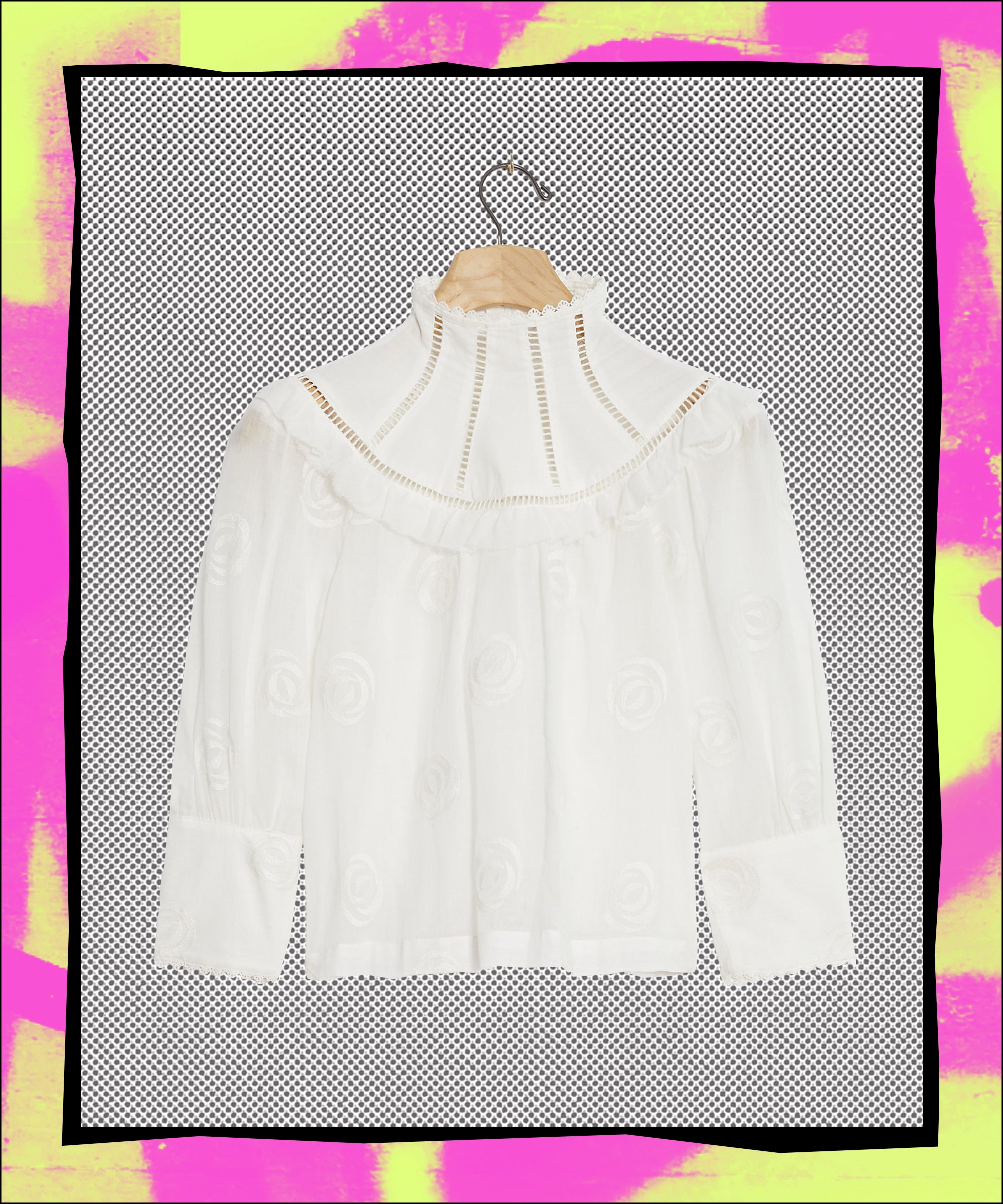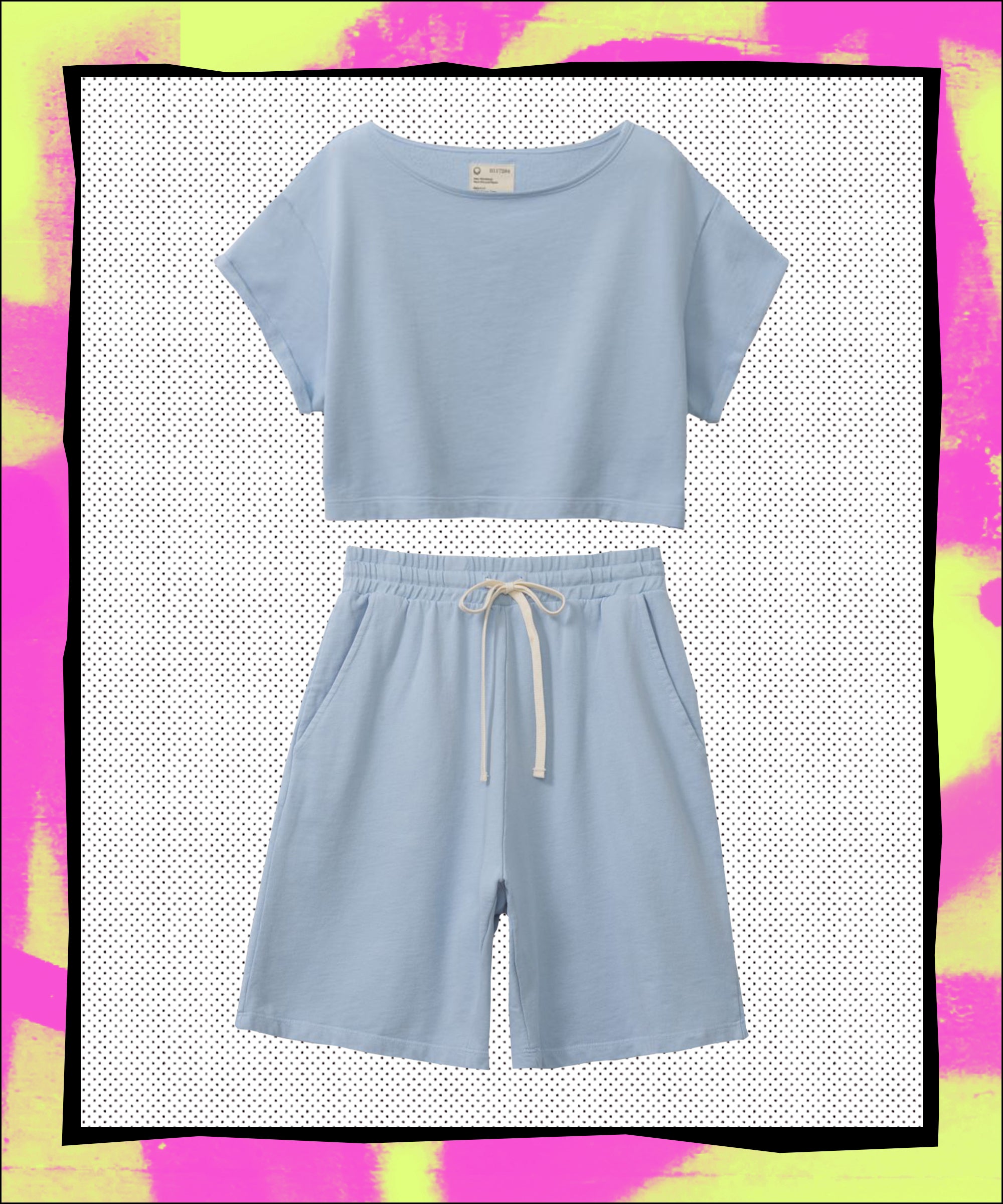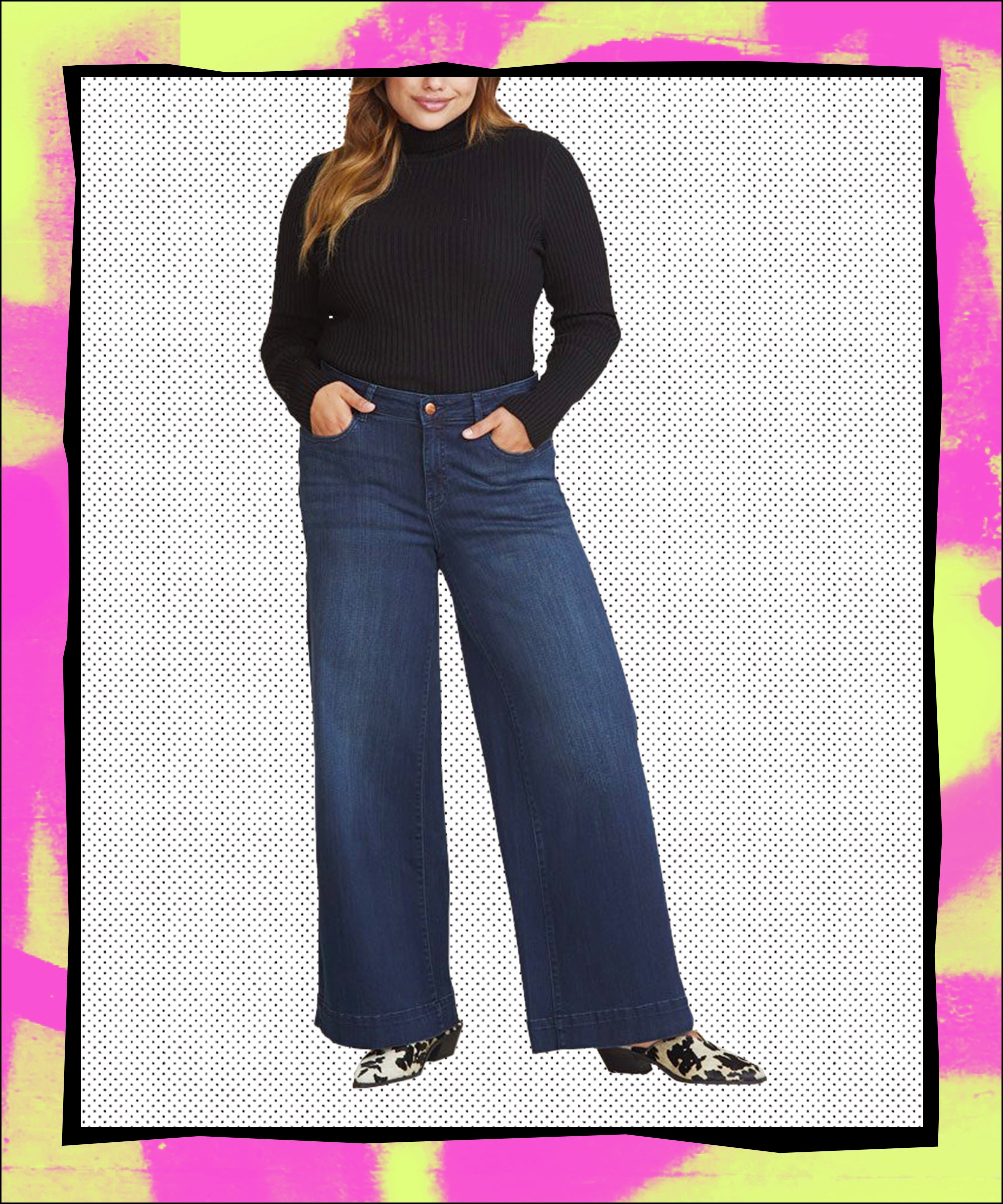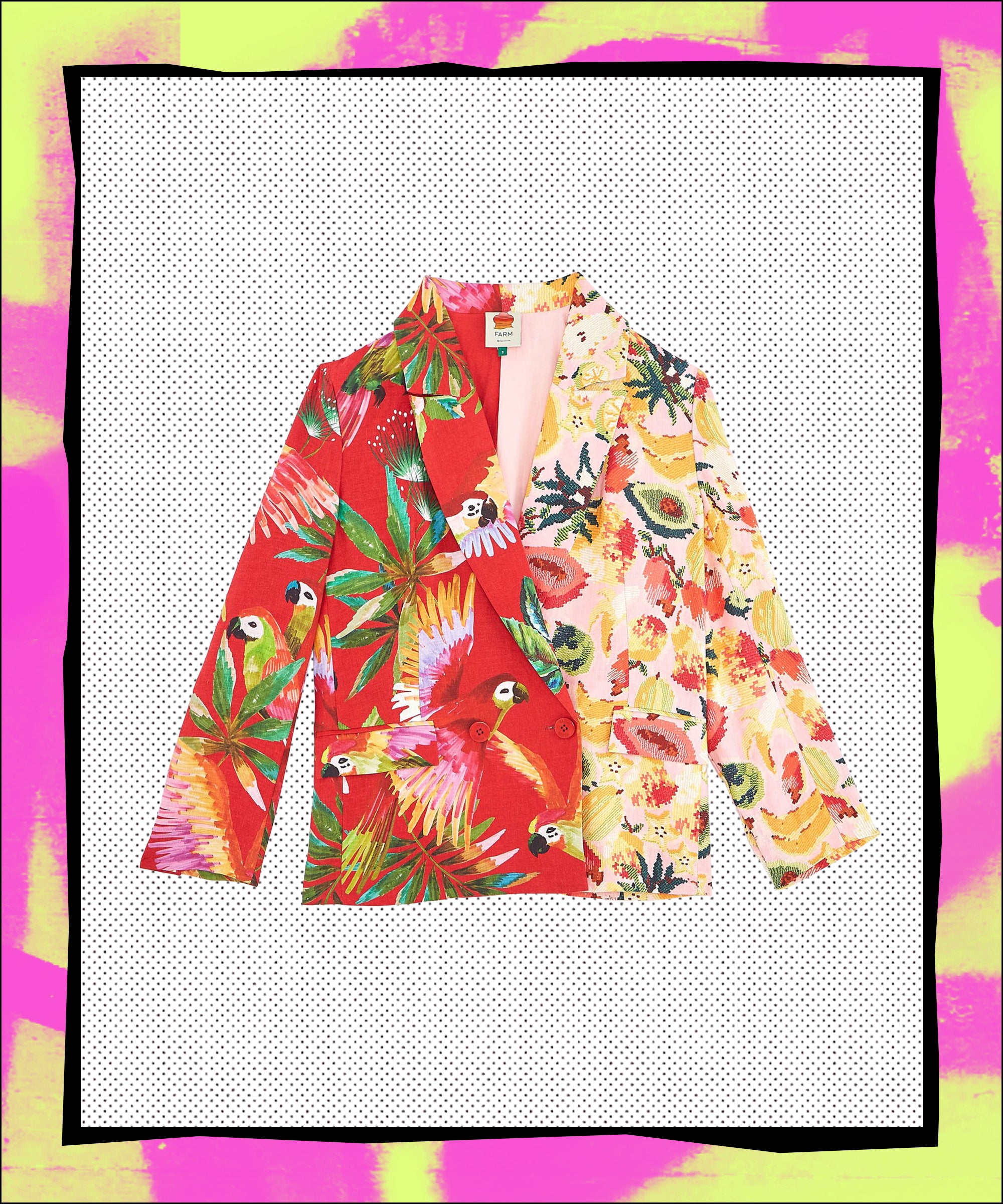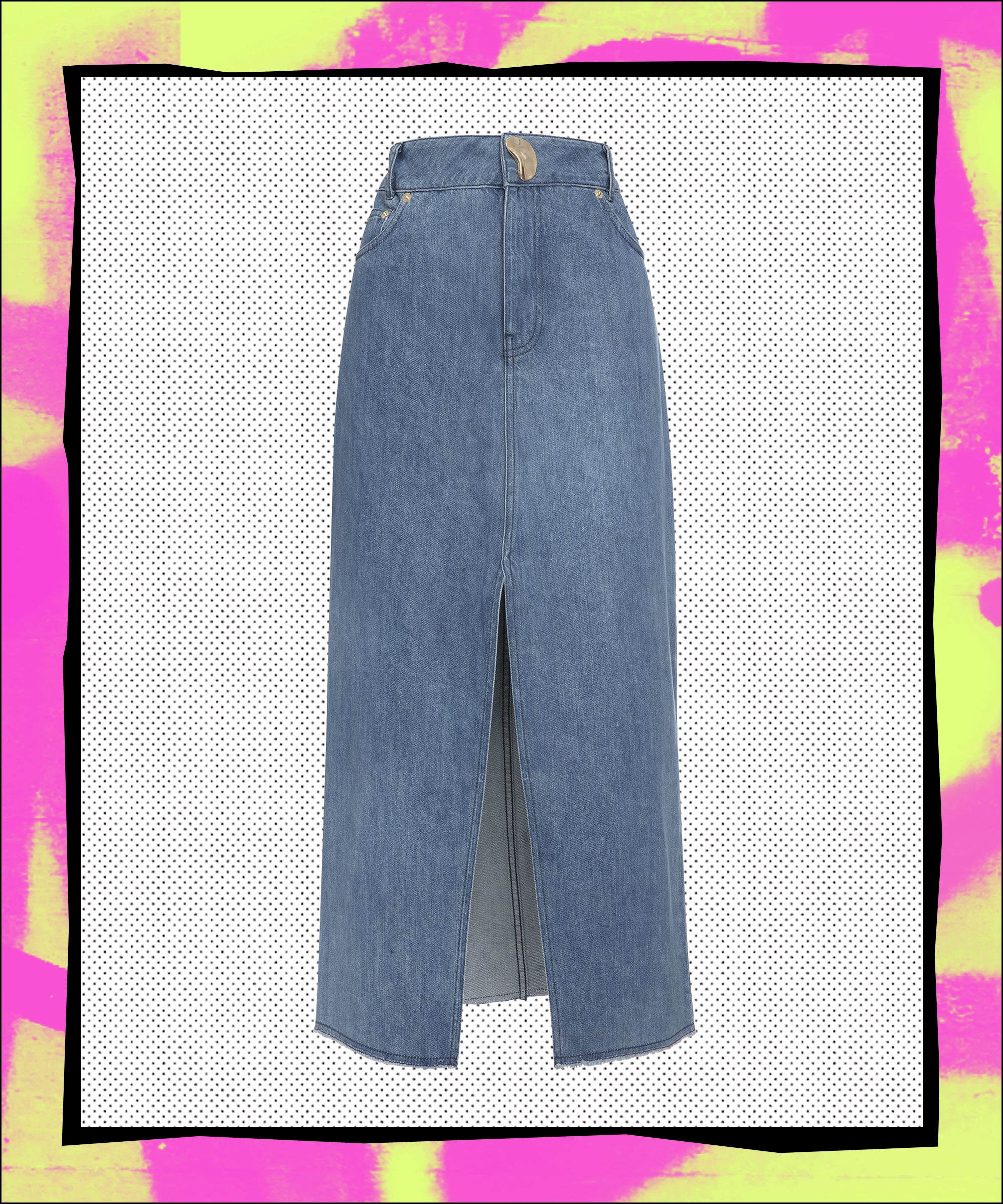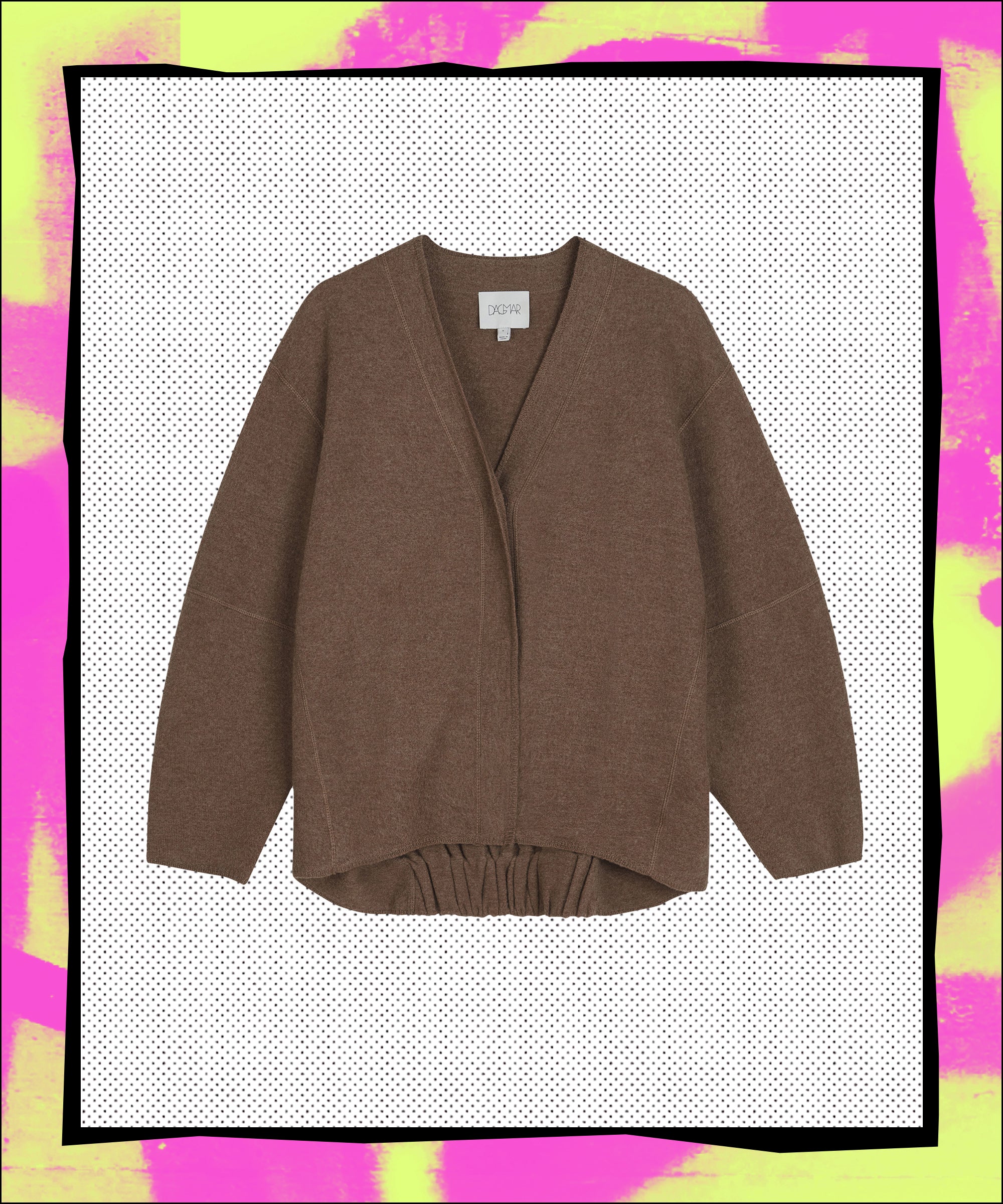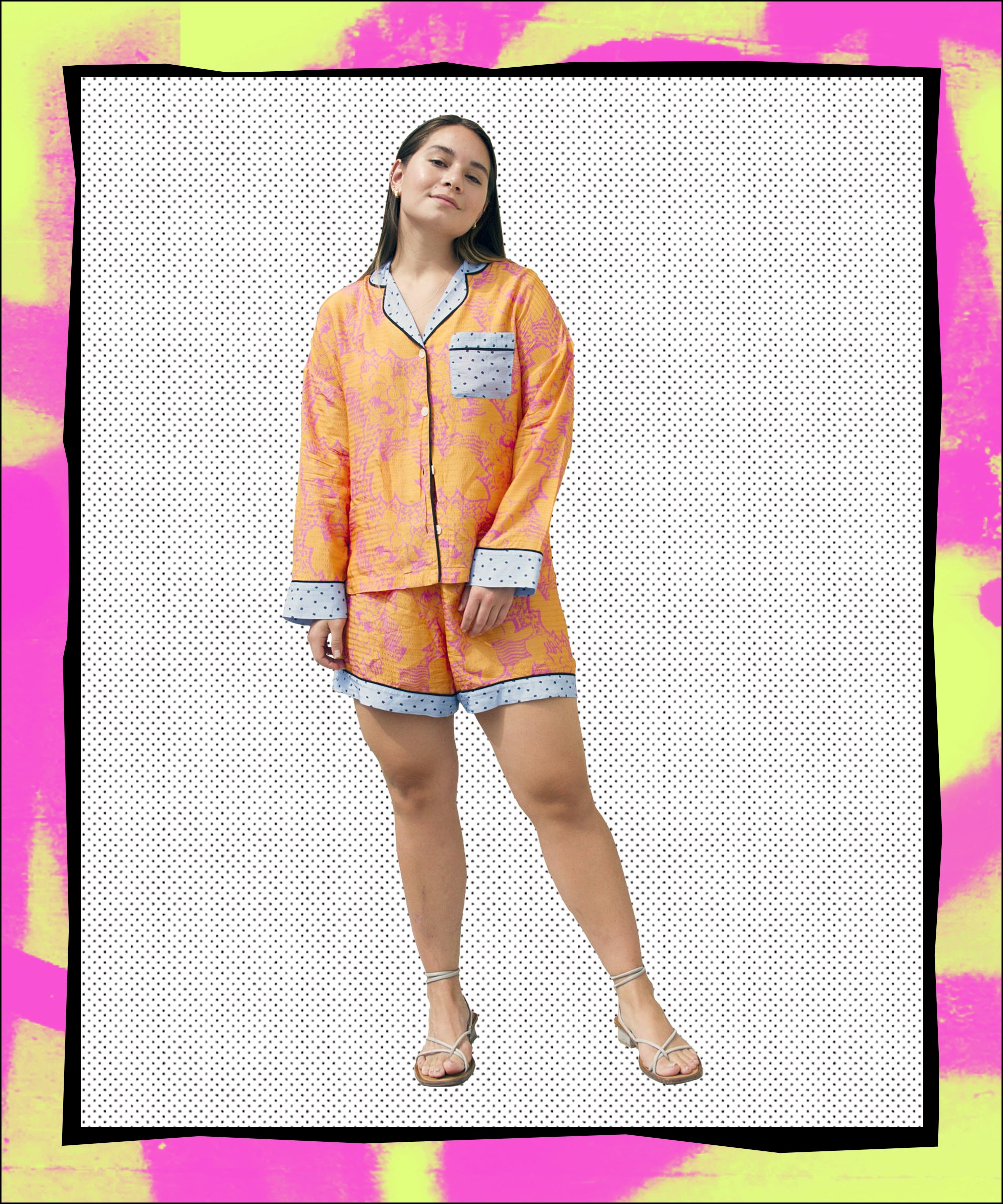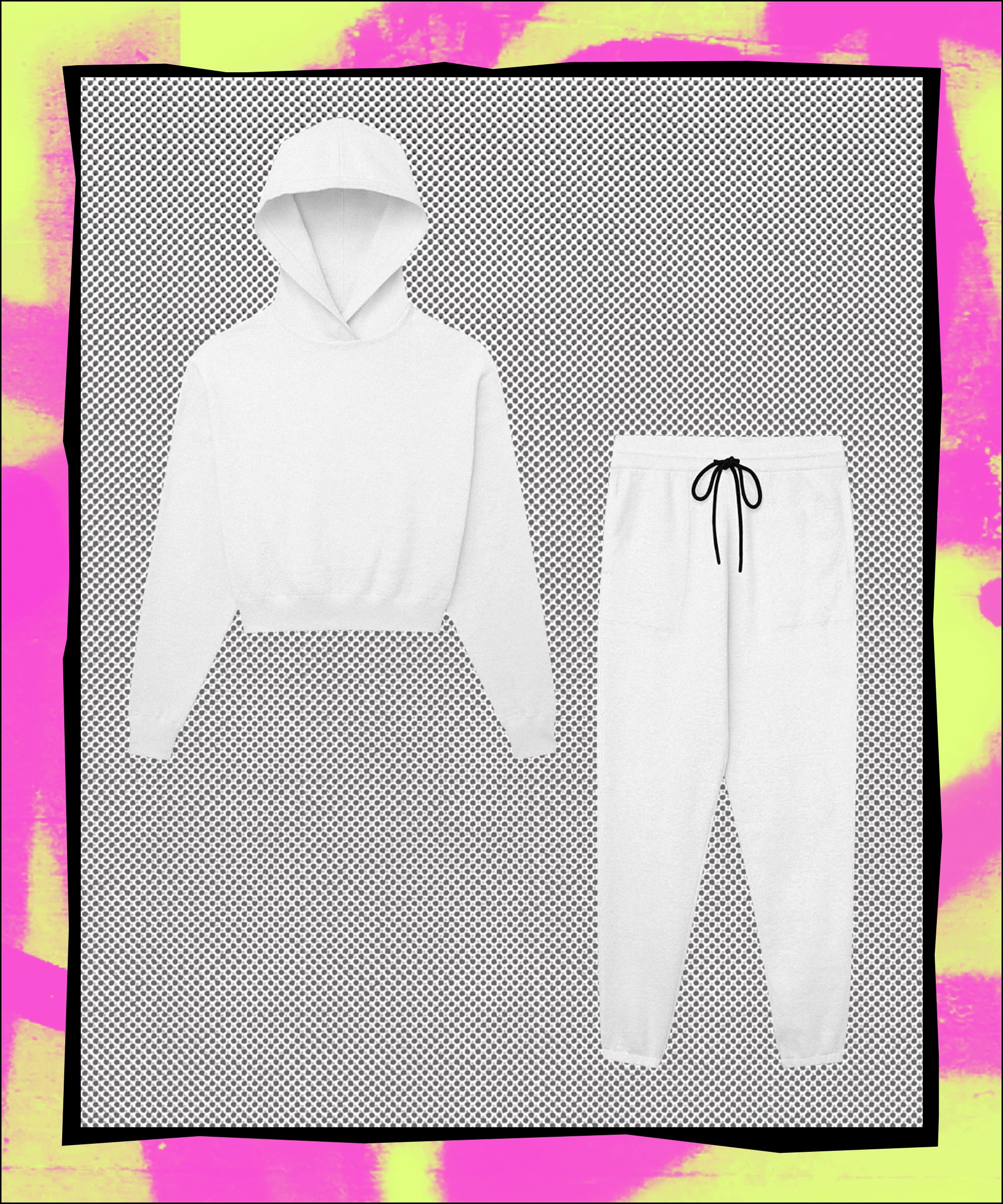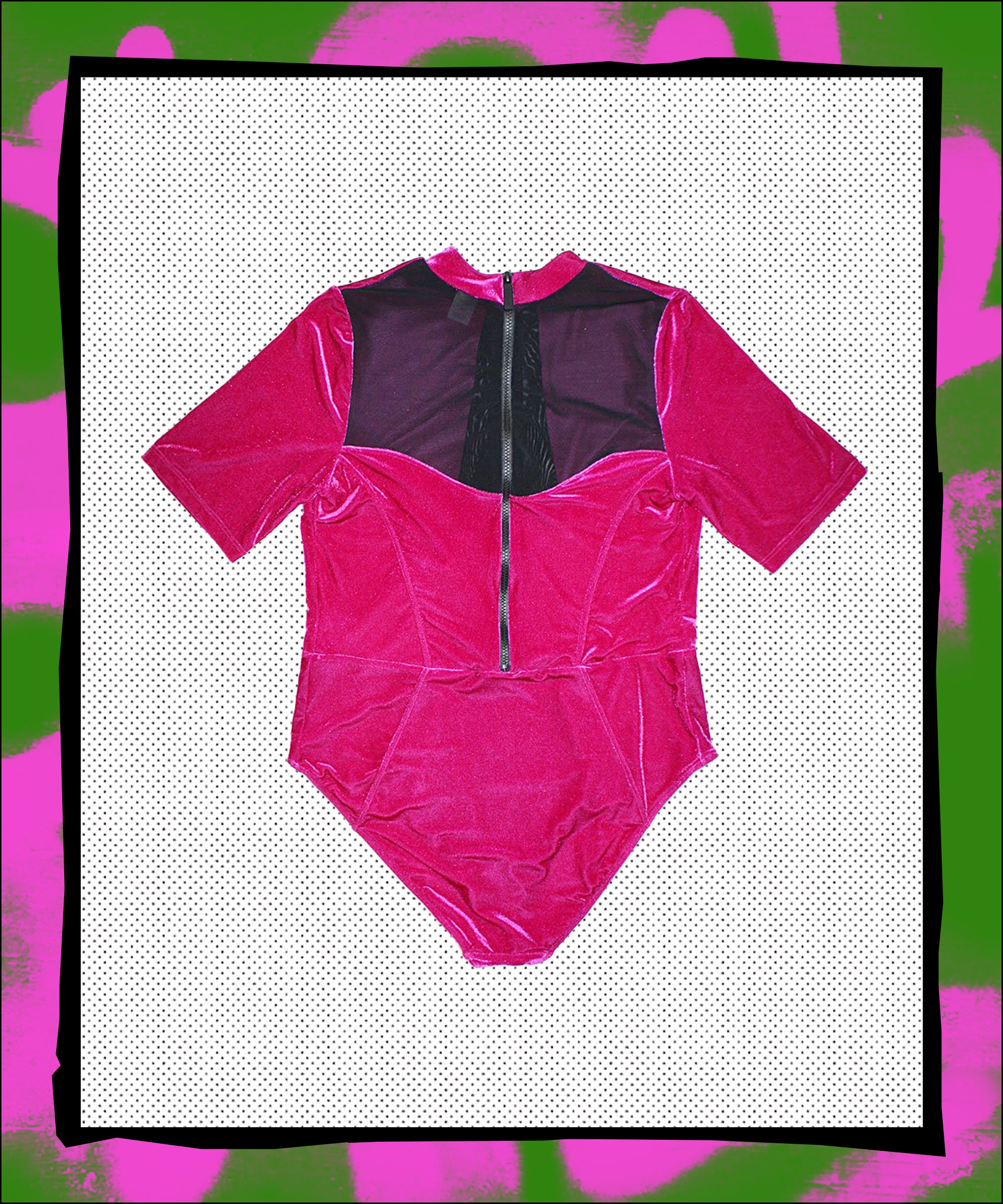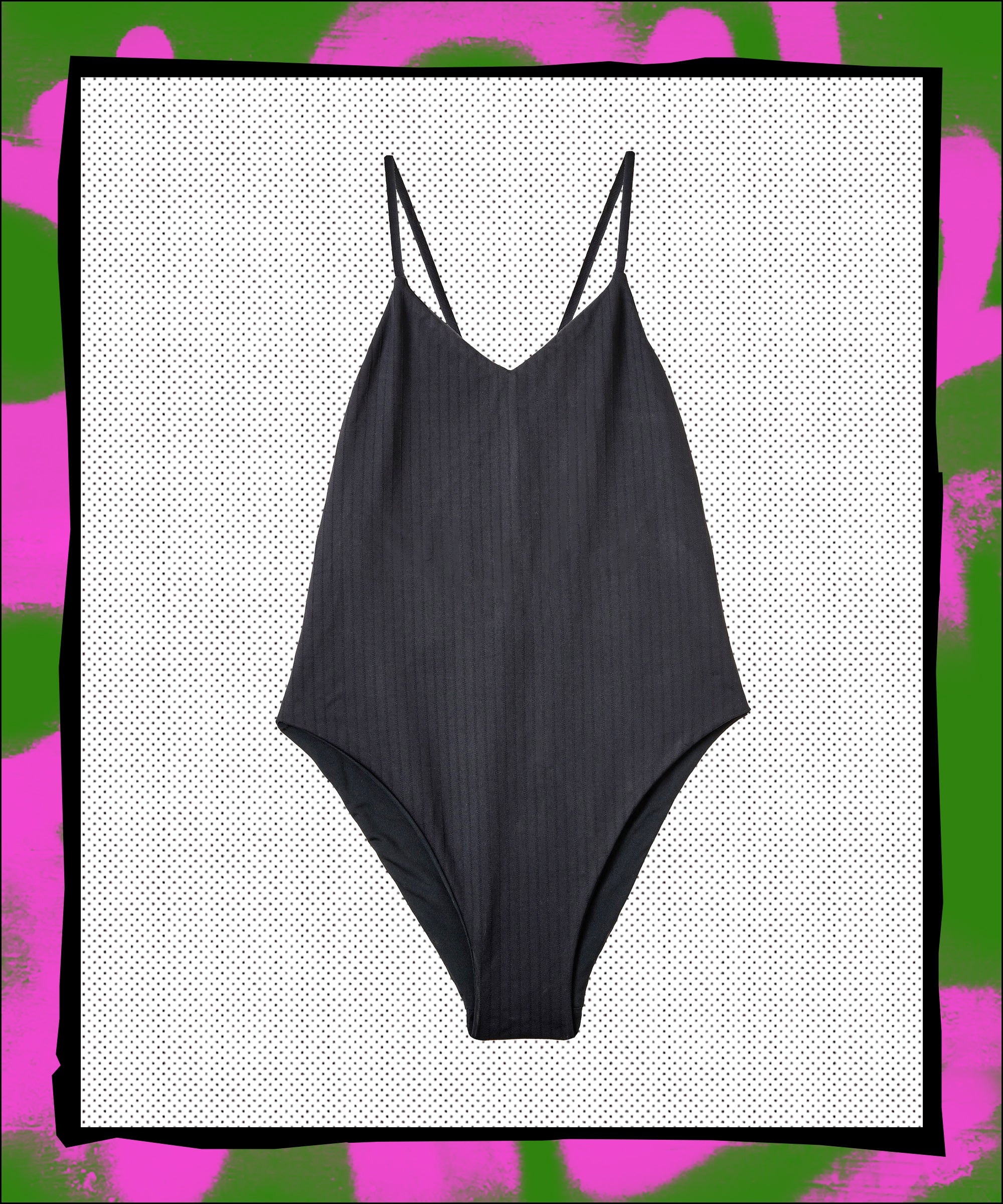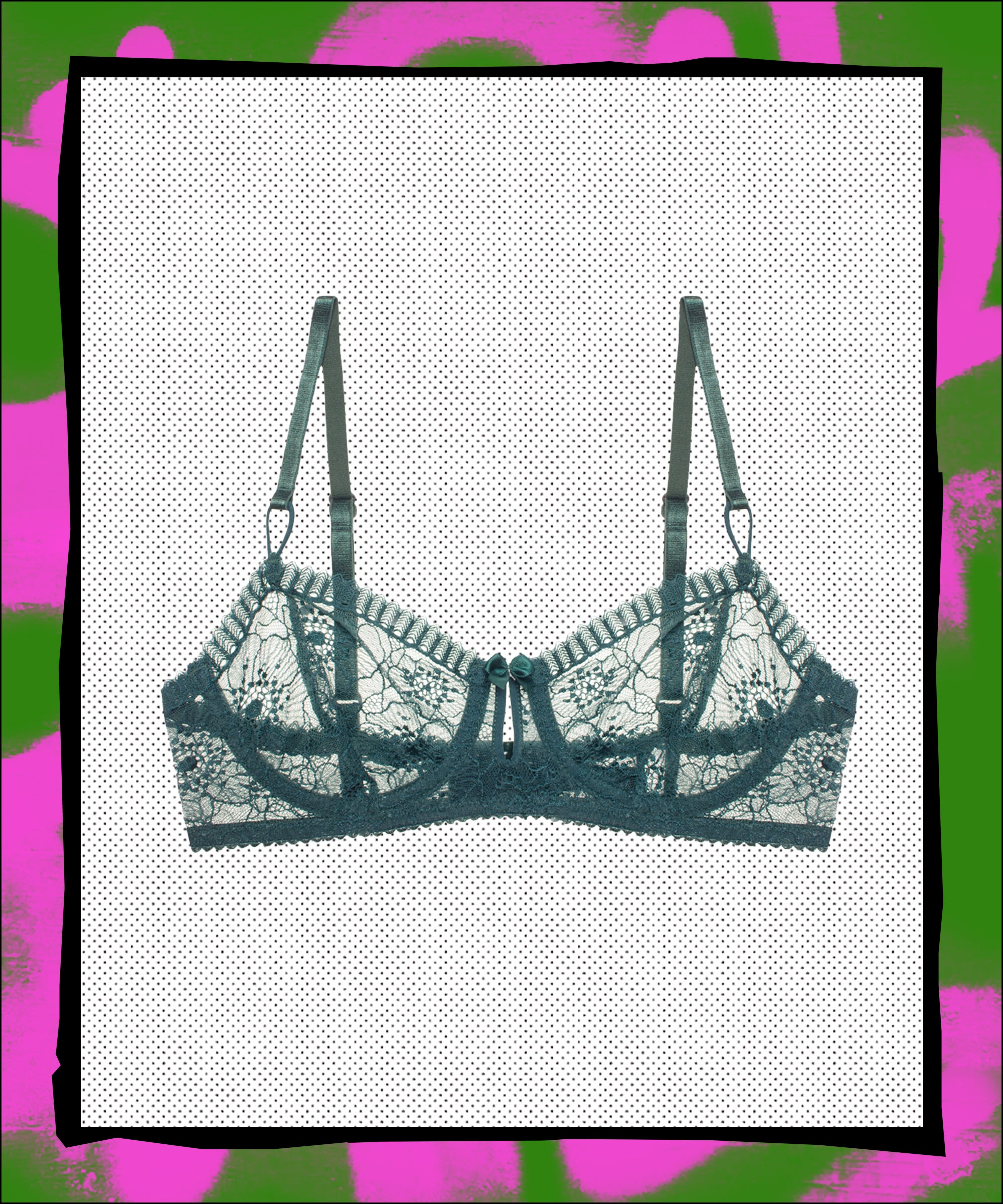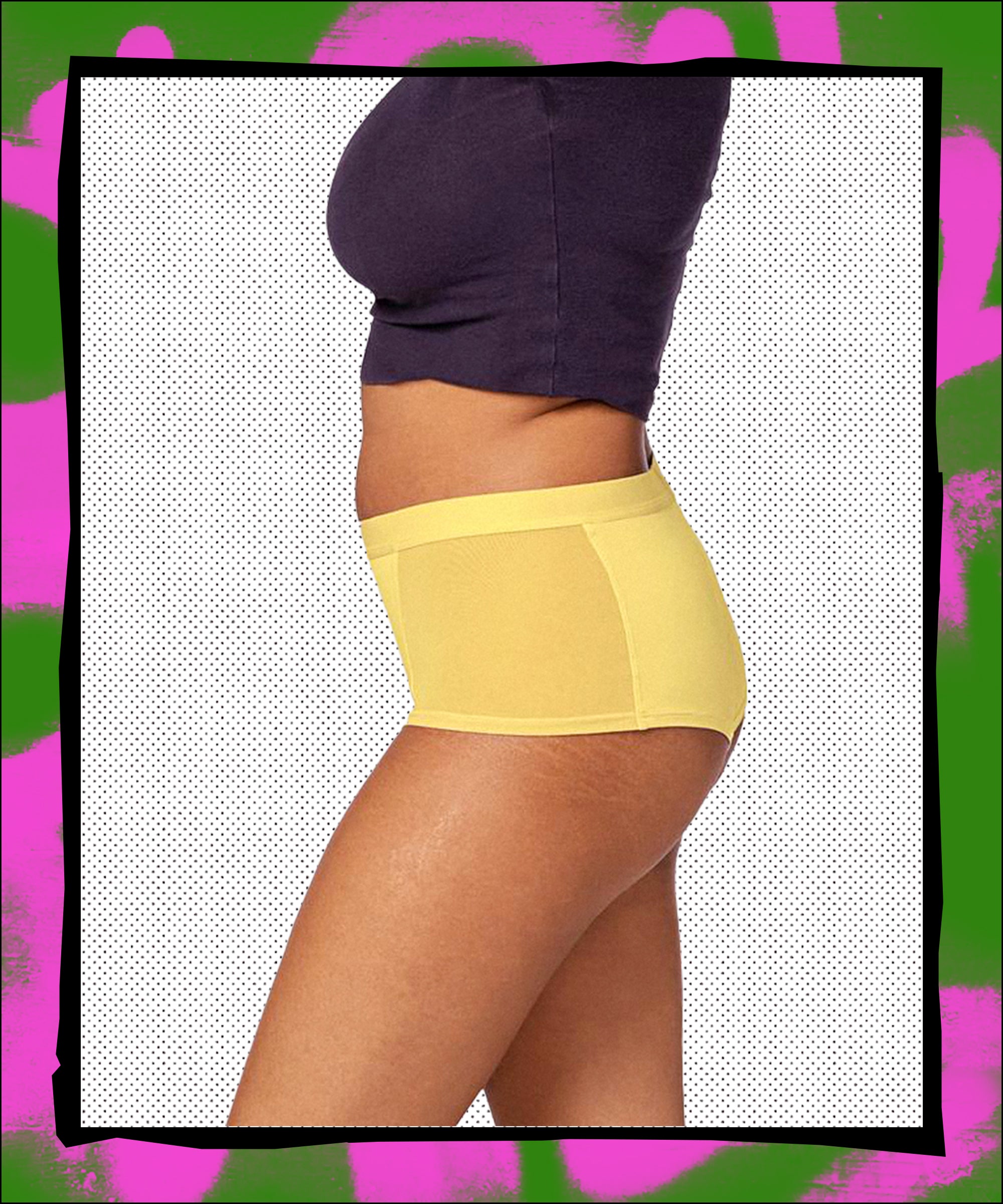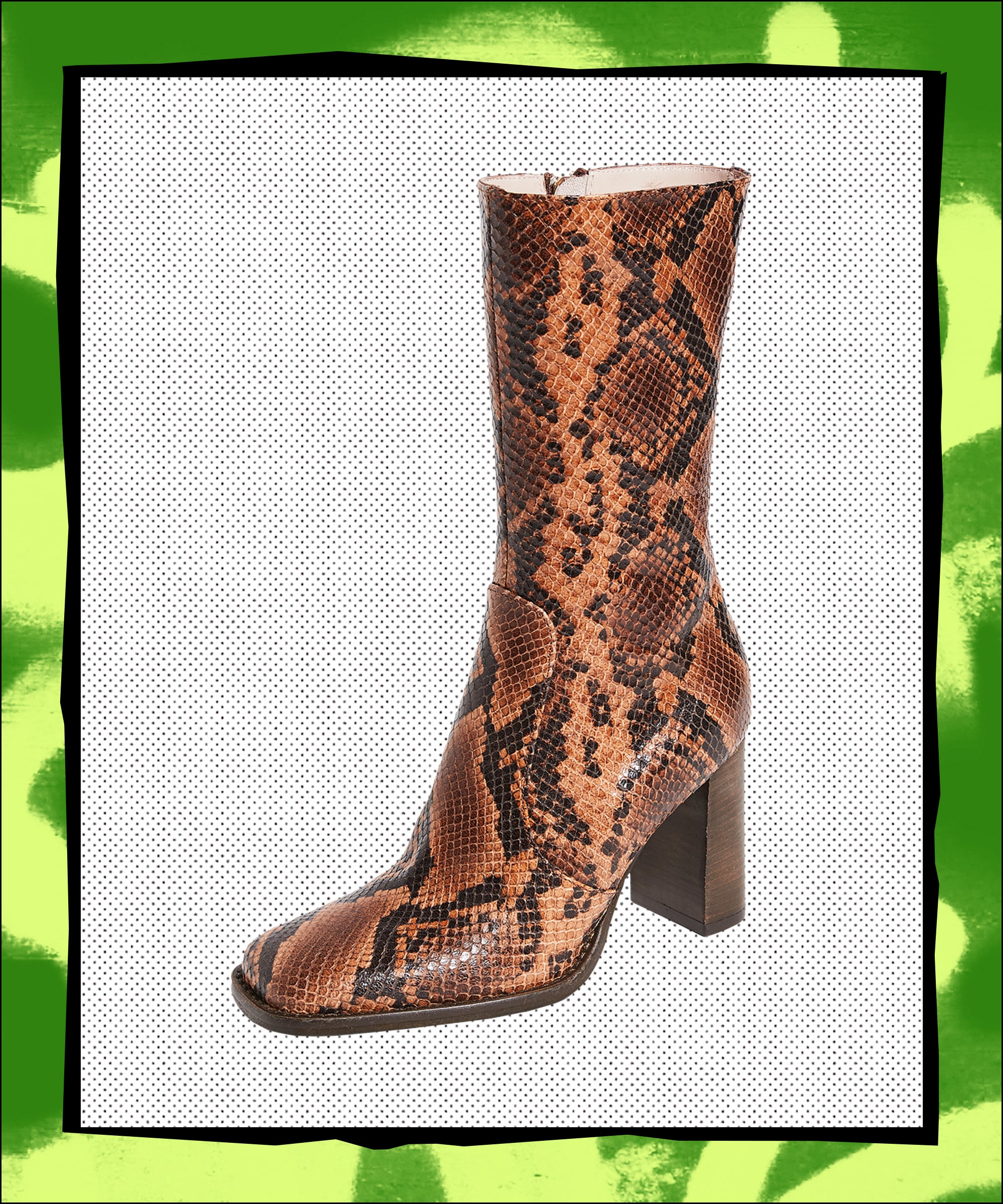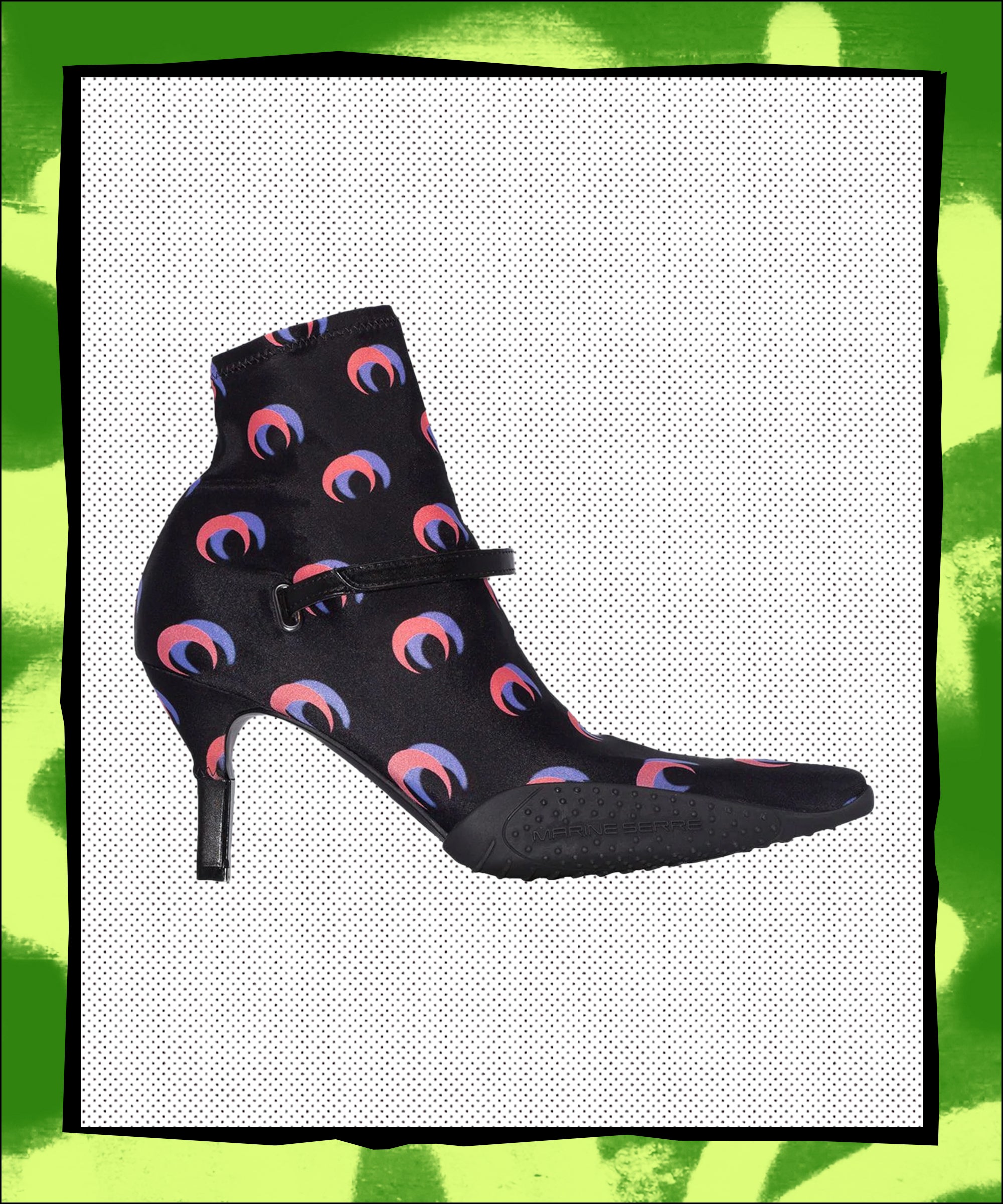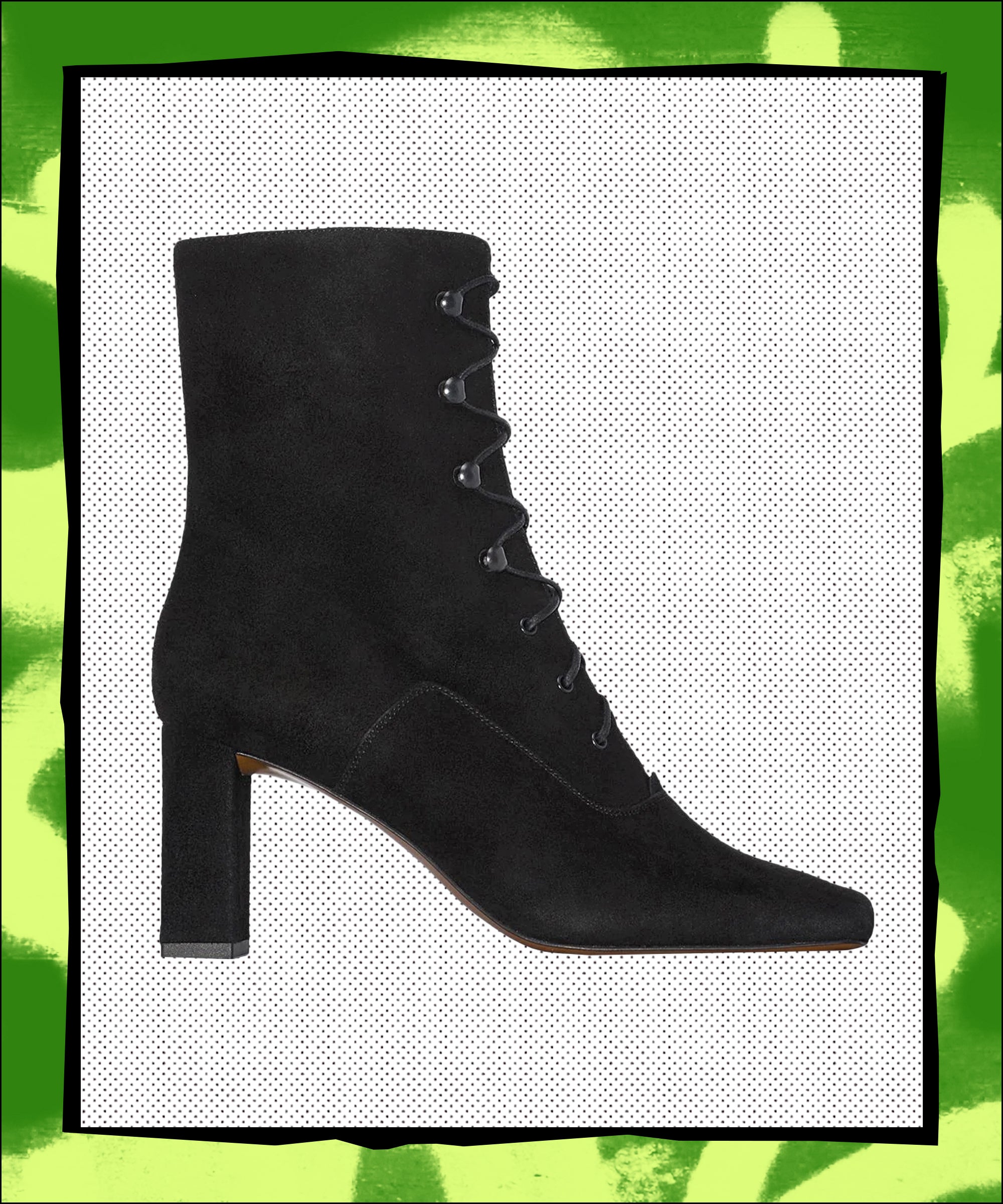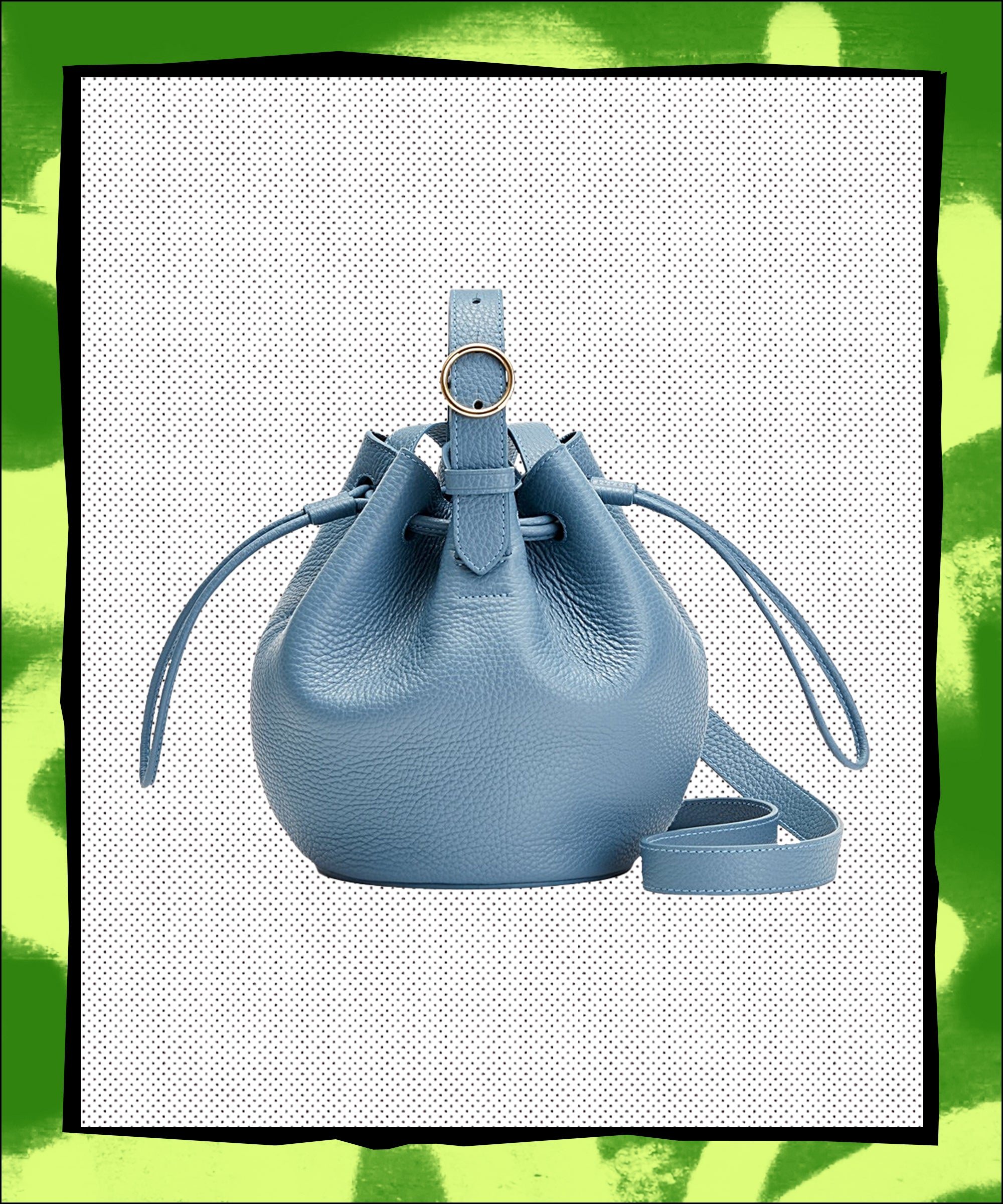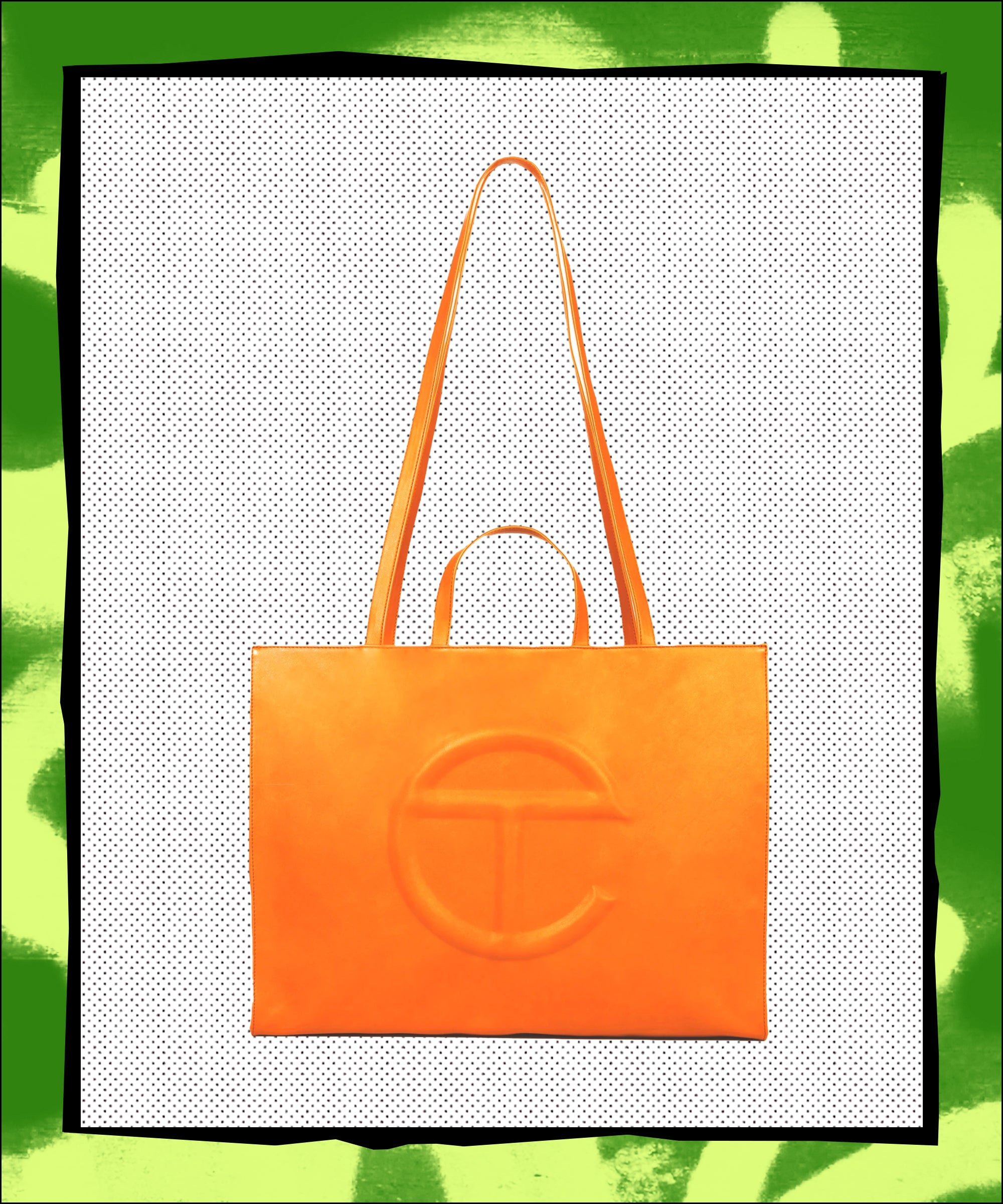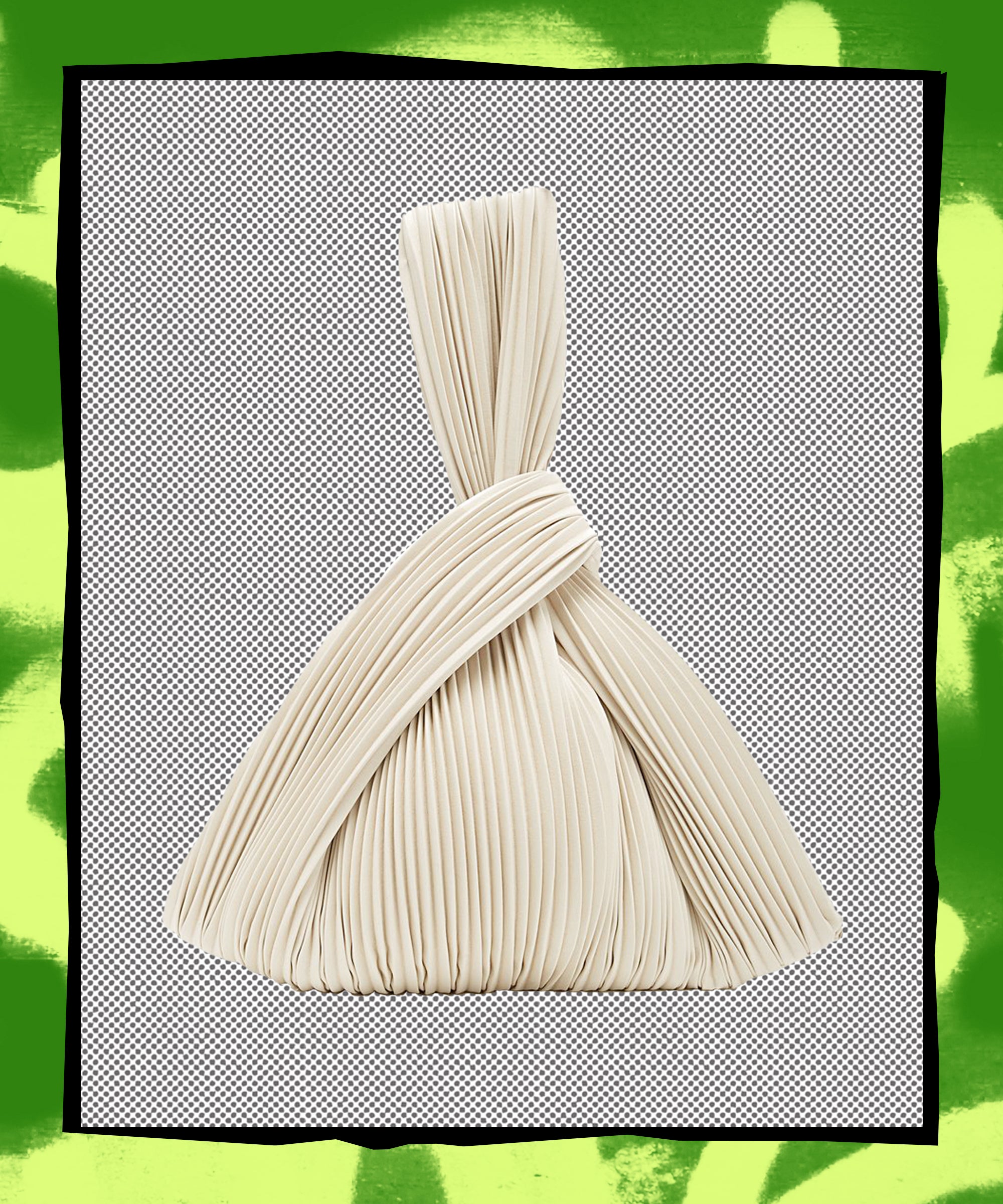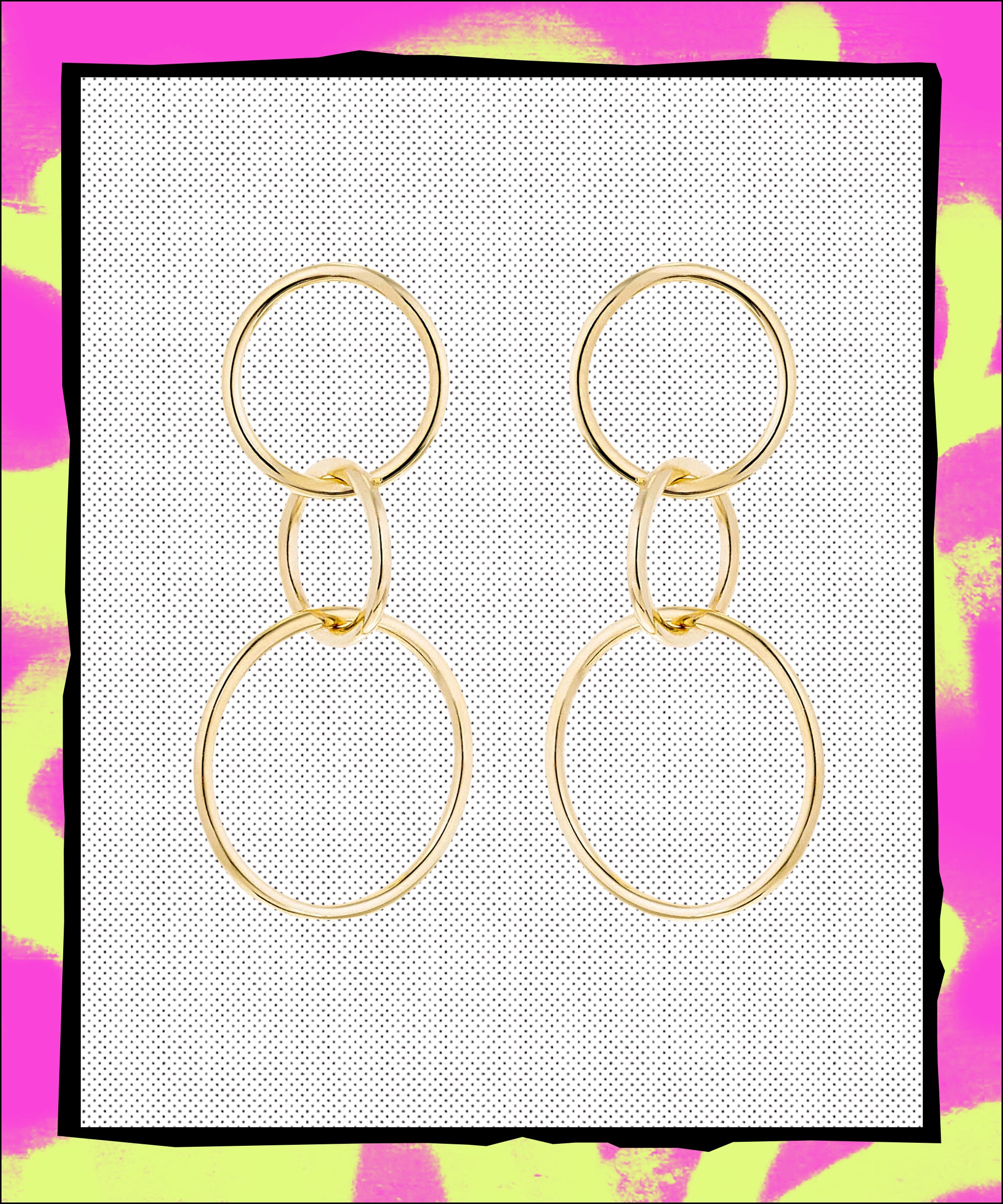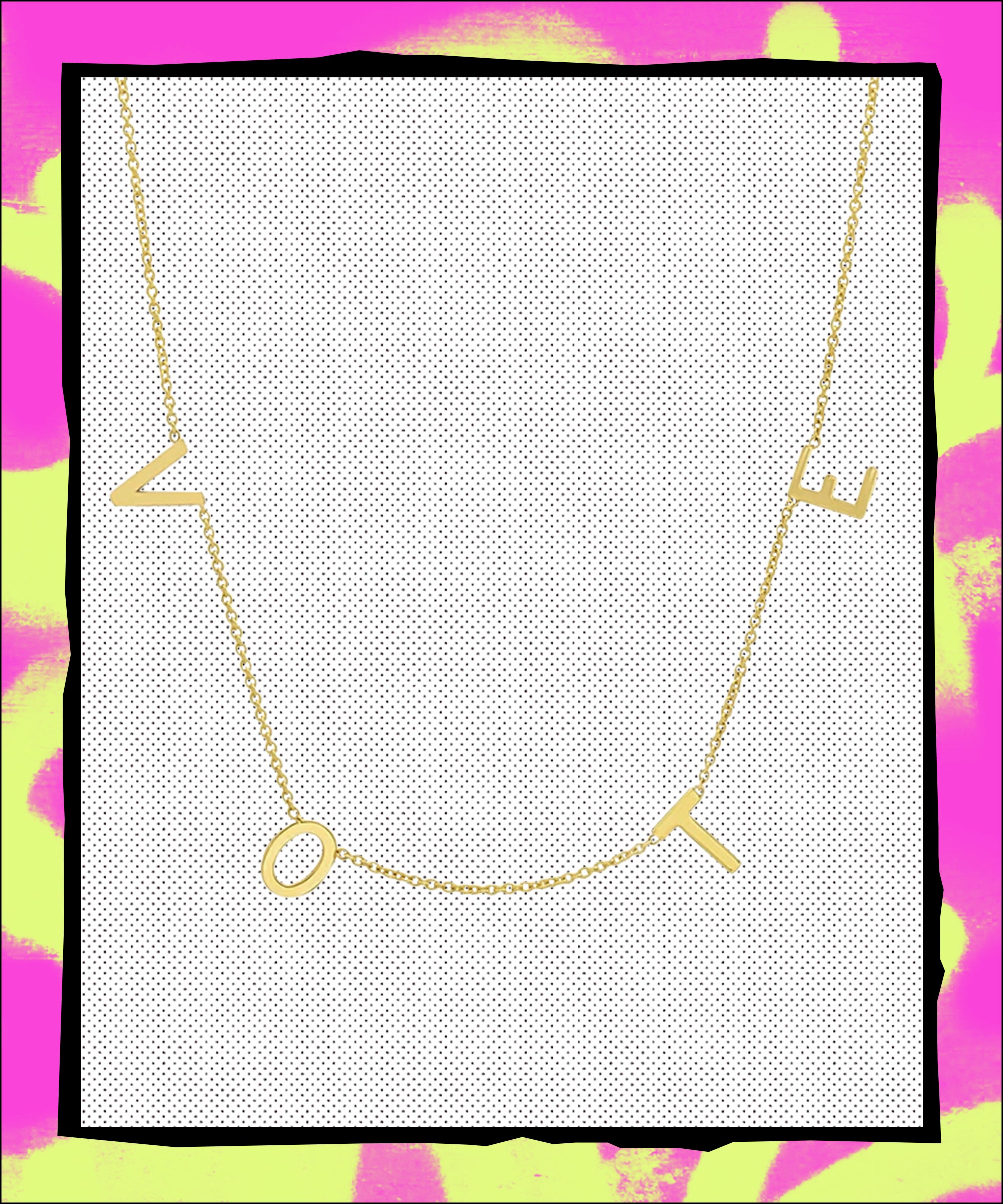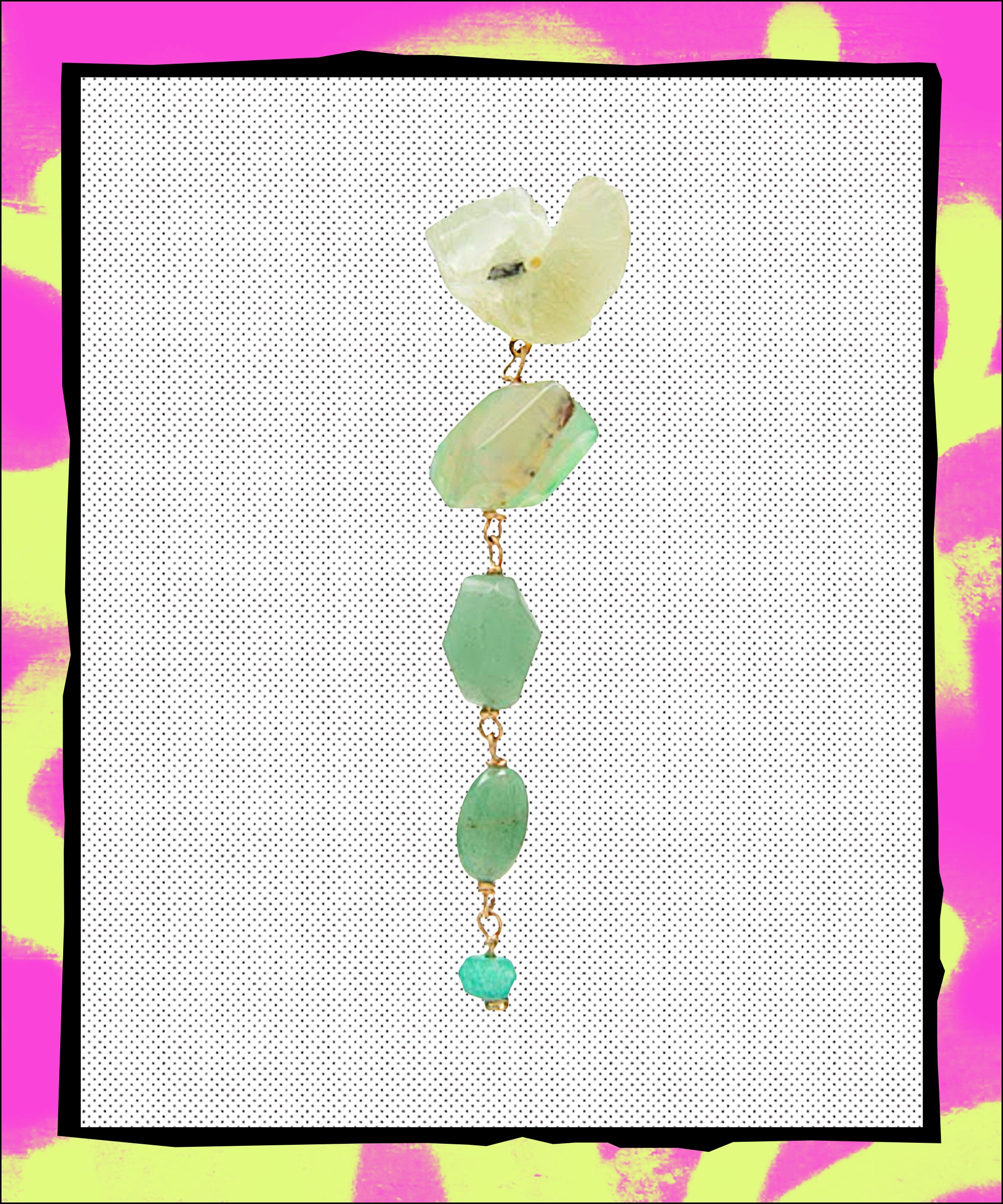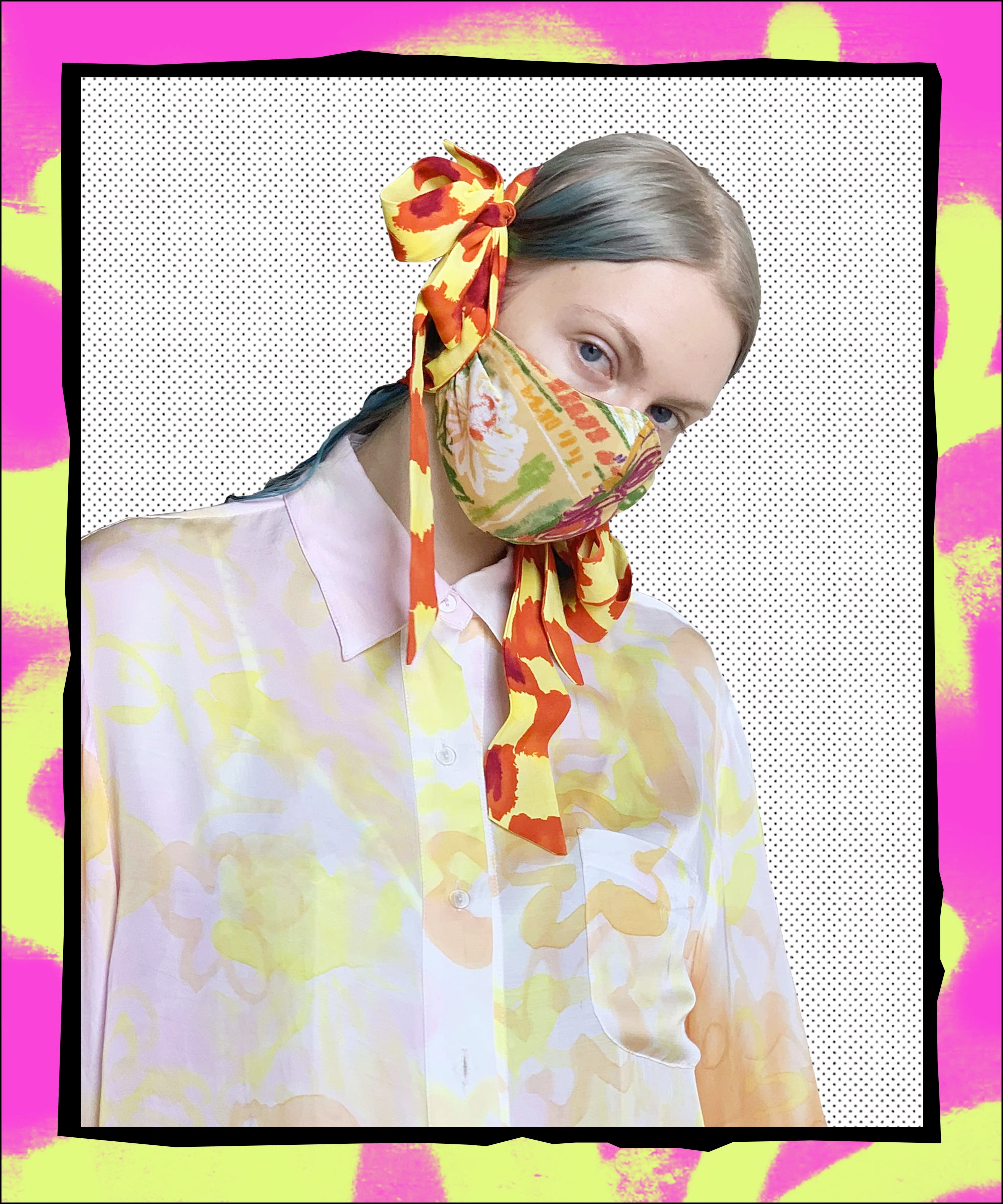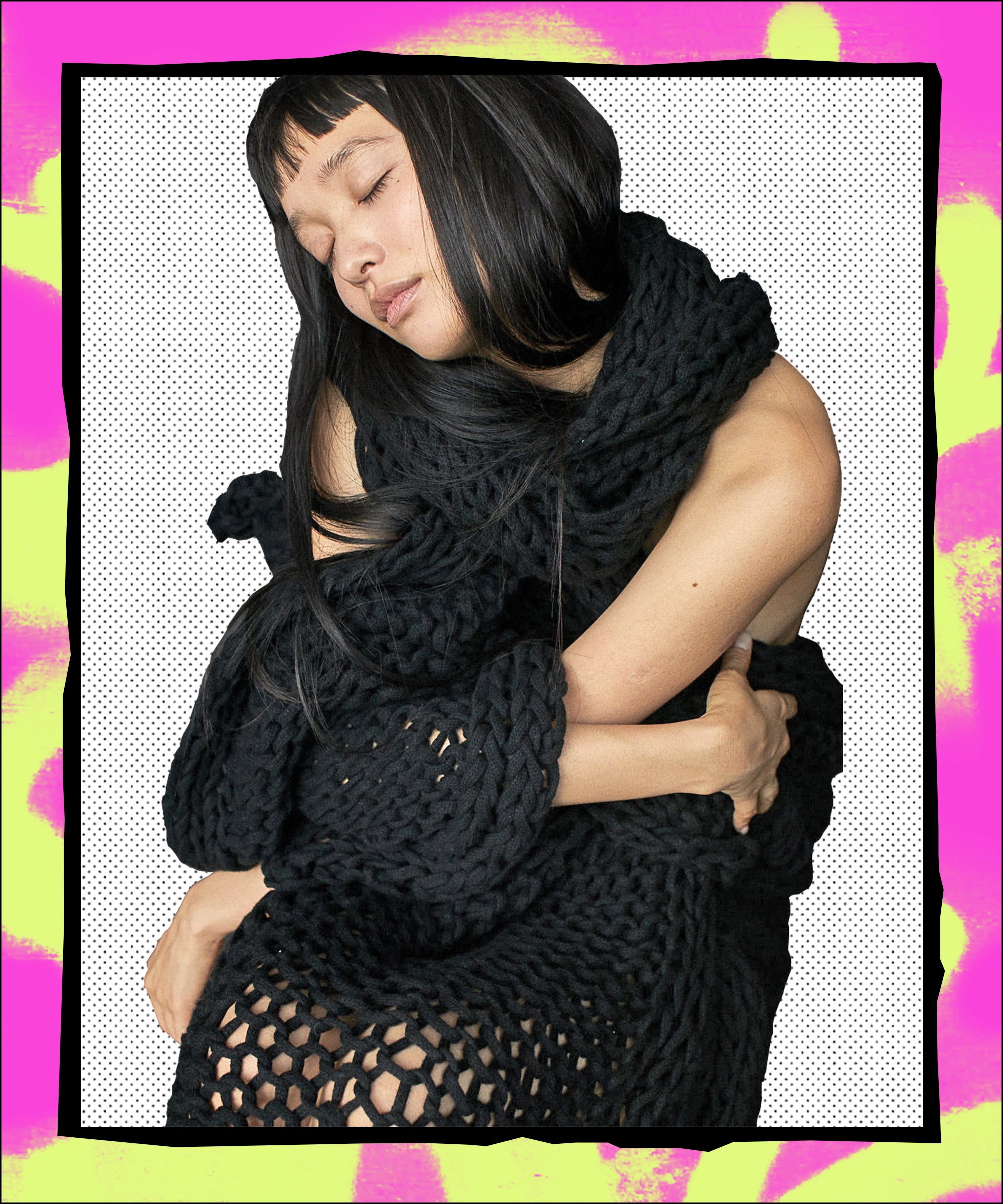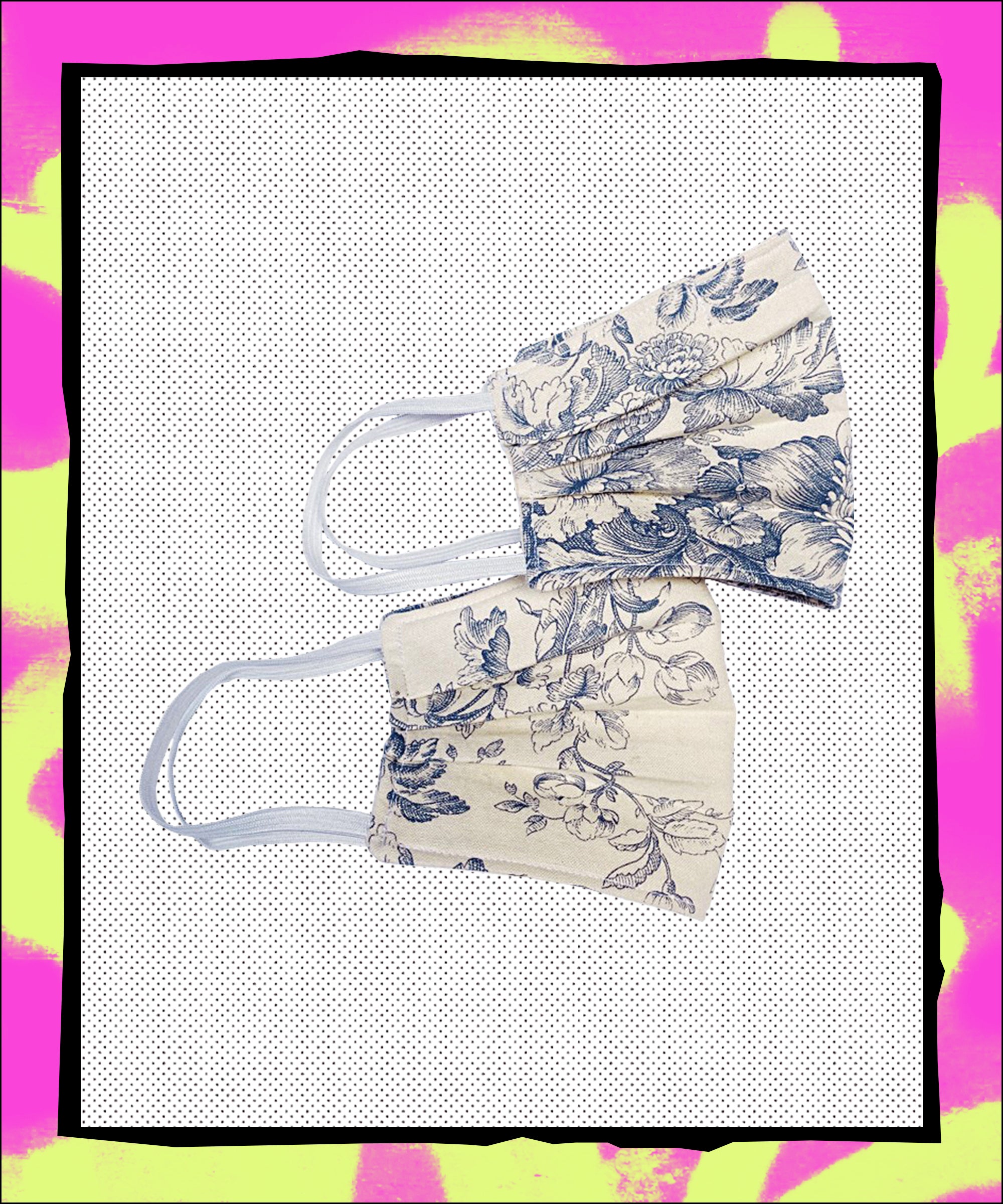The Pandemic Changed Shopping — These Are The 29 Things We’re Still Buying
The last few months have shifted priorities, altered perspectives, and exposed pre-existing problems.
Even before the pandemic, the problems in the fashion industry — from racism, to worker exploitation, to environmental damage — were enormous. But the last six months have amplified those issues, forcing many fashion lovers to grapple with the fact that an industry that brings them so much joy can also create so much damage. One upside, at least, to all this has been seeing how many brands and consumers are compelled to change their habits, and hopefully lead to a better fashion industry for everyone.
Since March, many designers have found themselves with piles of excess inventory. This is a result of many things: retailers who canceled orders; consumers who are cash-strapped, don’t need anything new given their current at-home lifestyles, or both; businesses that closed and, thus, were unable to ship products; and more. Whatever the specific cause, this unsold inventory is a very visible reminder for designers of what happens when overproduction is allowed free rein. Some took this time as an opportunity to get creative with archives, turning to leftover fabric for new collections. In June, Marques’Almeida introduced ReM’Ade, a collection made from upcycled fabrics, after noticing how much deadstock fabric it was holding. In July, Danish brand Cecilie Bahnsen released the “first of many” upcycled collections to come. In August, under Virgil Abloh, Louis Vuitton Men’s Spring 2021 show featured looks from a previous collection. Most recently, another Danish export, Ganni, used deadstock materials, as well as debuted a rental collaboration with Levi’s, during Copenhagen Fashion Week.
AdvertisementADVERTISEMENT
Consumers have also been forced to reexamine their relationship to one of the most polluting industries in the world. According to ThredUp’s 2020 Resale report, 70% of consumers agree that addressing climate change is more important now than ever. As a result, the report predicts a rise in secondhand shopping and a dip for fast fashion, the biggest offender when it comes to waste and unethical supply chain. Conscious consumers can no longer justify buying a dress just because it’s pretty and cheap, especially if it comes at the cost of the planet. But a change in our fashion habits requires asking some hard questions: What is the right way to consume fashion? Is there a right way? Can you love fashion and be an environmentally responsible and ethical human at the same time?
“
According to ThredUp’s 2020 Resale report, 70% of consumers agree that addressing climate change is more important now than ever.
”
While I’ve asked myself these questions previously, this time around, it’s led to some new developments in my shopping habits. While I’ve always personally dismissed a capsule closet, during the pandemic, I discovered that I only wear the same 10 to 15 items on repeat. This is despite the fact that my wardrobe never seems to get smaller no matter how many rounds of spring cleaning I do. (I am on round four since March, but who’s counting?) And while I can’t wait for the day I wear my yellow pantsuit or that indulgent mini bag that I got Before Quarantine, I no longer have the same appetite to purchase something new. Sure, this might mean that I will continue to wear the same thing over and over again, but that’s okay — I should value my clothing enough to want to wear it week after week, rather than just a few times a season.
AdvertisementADVERTISEMENT
This concept is nothing new. Slow-fashion brands have been preaching a “buy better, buy less” mentality for years, a movement that evokes fashion’s former ethos. (There’s a reason why vintage clothing can survive decades of use while a lot of new clothing can barely make it through a year.) This mentality has reached the highest echelons of the industry. Designers who churned out anywhere from four to eight collections a year have been halted by the pandemic; with that, they found time to think and make more conscious decisions. In this spring’s biggest fashion news, Gucci’s Alessandro Michele announced that the brand will go from showing five to two collections a year.
"We have to do things more responsibly," Ganni’s co-founder and creative director, Ditte Reffstrup, told R29 recently. "If you don’t, there won’t be a spot for you in the industry in years to come."
Fashion has been due for a reckoning of this kind for quite some time now — the pandemic just sped it up. In addition to the pressure that retailers have put on designers to cater to our every social media trend-driven whim, there is the issue of the archaic fashion calendar, which is always hopelessly out-of-season, with summer dresses arriving in the winter and fall coats in the summer. Not only does it not make sense to the consumers, but it’s even nonsensical to the designers who are making the clothes per these deadlines. The latter has had enough. In May, an open letter, led by Belgian designer Dries Van Noten and signed by other designers and fashion leaders, called for the fashion industry's “fundamental and welcome change that will simplify businesses, making them more environmentally and socially sustainable and ultimately align them more closely with customers’ needs.”
AdvertisementADVERTISEMENT
Though the calls for sustainable and mindful shopping were happening well before this year, for those just tuning in now, there has never been a better time to revamp outmoded shopping habits and start to buy more purposefully and responsibly, shop secondhand, and support brands who are kind to the planet and their workers.
So, where do we go from here?
I’ve accepted that I love fashion too much to quit shopping entirely. What I can do, though, is ask the following questions before I purchase anything: Do I need this in my closet? Do I see myself wearing it in 20 years? Who and under what conditions made it? Can I buy something similar secondhand? Is it worth the money? That last question is especially significant because when money is scarce like it is right now, what you spend it on matters.
So, what should we consider spending it on right now? Here are a few ideas: Brands that follow ethical and environmentally responsible practices, and those that are inclusive; designers making high-quality staples that can be worn for years to come; and fashion that brings joy and comfort during a time when there’s little to be happy about or comforted by. Because, while I tend to reach for the same black turtleneck week after week, it’s the yellow, zebra-printed Victor Glemaud pants I bought two months into lockdown that I pair it with when I need something to make myself feel better about my day. And, when it comes down to it, isn’t that how fashion should always make you feel?
AdvertisementADVERTISEMENT
At Refinery29, we’re here to help you navigate this overwhelming world of stuff. All of our market picks are independently selected and curated by the editorial team. If you buy something we link to on our site, Refinery29 may earn commission.
AdvertisementADVERTISEMENT


